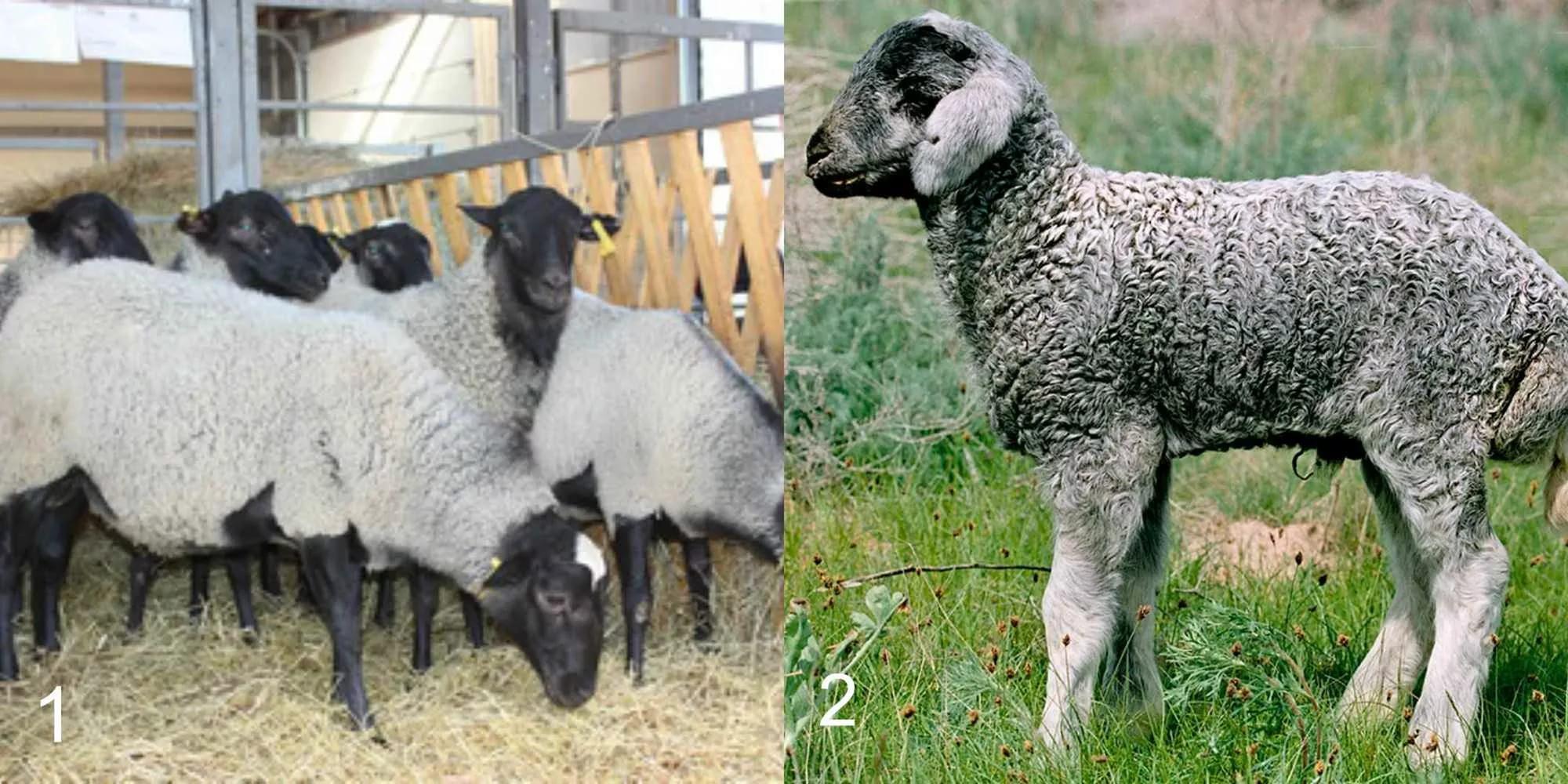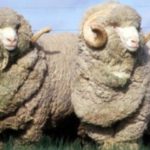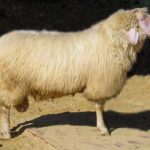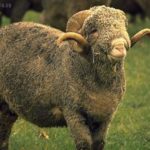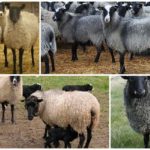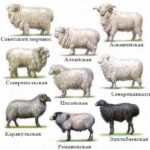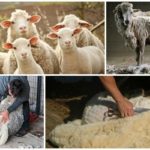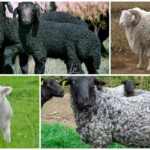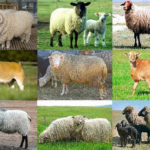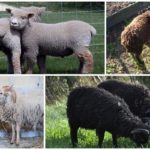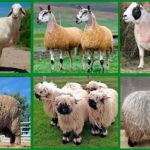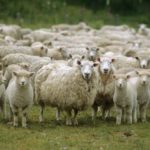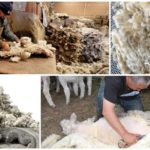Sheep farming, after a period of stagnation, is being revived again in Russia. Today it is actively developed in the republics of Transcaucasia, in the south of the country, as well as in the central part. Coarse-wooled breeds of domestic sheep are considered universal. Animals are distinguished by their endurance and high performance of the products they produce. What is it and what breeds of such sheep are best to breed?
General information about rough wool sheep
Animals of this group produce low quality wool. They have a heterogeneous coat, where fluff, awns and transitional hair are randomly mixed.In addition, sheep are difficult to comb, and therefore the fallen hairs remain in the thick downy coat. From it, raw materials are obtained for the industrial production of sheepskin, leather, smushki, and felt.
Coarse wool is used for the production of cloth, carpets, felting and knitting threads. The skins of young individuals are used to make hats, coats, and collars. Treated sheepskin is used for outerwear and leather goods.
However, the main focus of this branch of sheep farming is not wool production. On the contrary, sheep are a source of valuable food products - fatty, high-calorie meat, milk, lard. Cottage cheese, feta cheese and other cheeses are made from milk.
Coarse wool breeds of sheep
Animals in this category are classified according to productivity into five groups:
- Smushkova category. The wool of these individuals is soft, durable, light in weight and beautiful in appearance. The main representatives are Karakul sheep. They are unpretentious and suitable for keeping in arid regions.
- Fur-meat group. Females are highly fertile and reach sexual maturity early. A minimum of 2 lambs are produced per pregnancy. The best fur coats are made from sheepskin from Romanov sheep. It warms perfectly in cold weather and retains its presentation for a long time.
- Meat and fat category. The animals are distinguished by a powerful constitution and good adaptability to being kept on pastures, as well as high-level meat and fat productivity. They are capable of accumulating fat reserves at the root of the tail, which are popularly called tail fat. The best representatives are considered to be the Edilbaevskaya and Gissar breeds.
- Meat and wool group. The main representative is sheep of the Kuchugur breed.The animals produce high quality wool, and the shearing from one individual reaches up to 7 kg. But their meat is a little dry, and the taste is lower than that of other sheep. A clear difference from its relatives is its long tail and large size: a ram - up to 100 kg, a sheep - up to 80 kg.
- Meat-wool-dairy category. Coarse and coarse animal hair is used to make shoes, burkas and hats. Representatives of the Karachay breed are distinguished by nutritious, tasty meat and high milk production. In the Caucasus, milk and cheese from these sheep are especially valued.
How to choose the right breed
The choice depends on the region and the purpose of sheep farming. For example, Romanov sheep are relatively inexpensive to purchase, but their meat is valued only in central Russia. Residents of the Caucasus are better off breeding Karachay lambs, which are loved by mountaineers for their calorie content and delicate taste.
If the priority goal is to obtain wool rather than meat, then any breed of the coarse-haired type meets the requirements. If on the contrary, then the Romanov, Gorky, Kuibyshev, and North Caucasian breeds are worthy of attention.

